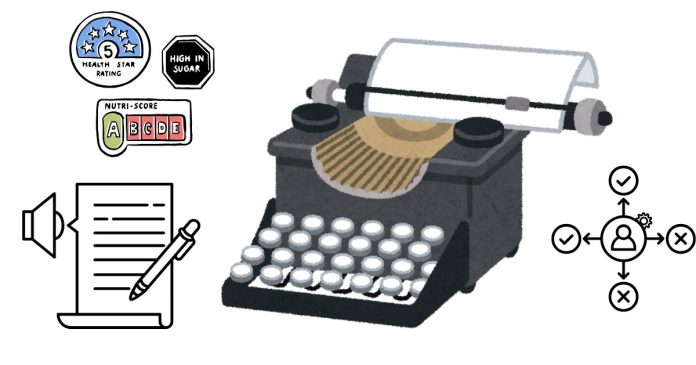In Python, typing.Dict and the built-in dict are related but serve different purposes, particularly when it comes to type hinting. Here’s a breakdown of the differences:
1. dict (Built-in):
- The
dictis the built-in dictionary type in Python. It’s used to represent key-value pairs where both keys and values can be of any type. - When used in type annotations, it does not specify any constraints on the types of the keys or values.
Example:
my_dict = {'key1': 'value1', 'key2': 10} # A regular dictionary
2. typing.Dict (Type Hinting):
typing.Dictis part of thetypingmodule, and it is specifically designed for type hinting. It is used to specify the types of keys and values in a dictionary when you’re writing code that involves type annotations (e.g., for static type checkers likemypy).typing.Dictallows you to specify the types of both the keys and values explicitly. It is a generic class and can be used with specific type parameters to enforce type checking.
Example:
from typing import Dict
def my_function(data: Dict[str, int]) -> None:
print(data)
# Usage
my_function({'key1': 1, 'key2': 2}) # Correct
my_function({'key1': '1', 'key2': '2'}) # TypeError (if using type checkers like mypy)
In the above example:
Dict[str, int]indicates that the dictionary is expected to have string keys and integer values. This allows static type checkers to ensure that the types of keys and values are respected.
Key Differences:
- Purpose:
dict: A built-in Python type used to represent dictionaries.typing.Dict: A type hint used for specifying the types of keys and values in a dictionary for type checking.
- Usage:
dict: Directly used in the code for creating dictionaries.typing.Dict: Used in type annotations to indicate the expected types of keys and values in a dictionary.
- Type Checking:
dict: Does not provide type checking, as it is just the built-in dictionary class.typing.Dict: Provides type checking when used with type checkers (e.g.,mypy), ensuring that the keys and values conform to the specified types.
Example with both:
from typing import Dict
def process_data(data: Dict[str, int]) -> int:
return sum(data.values()) # sum() the integer values
# Correct usage
result = process_data({'apple': 10, 'banana': 15})
# Incorrect usage (if using a type checker)
# process_data({'apple': '10', 'banana': '15'}) # Error: str instead of int
In this example:
Dict[str, int]is used to specify that the dictionary should have string keys and integer values.- If you pass a dictionary with the wrong types (like string values instead of integers), a type checker like
mypywill flag it as an error.


